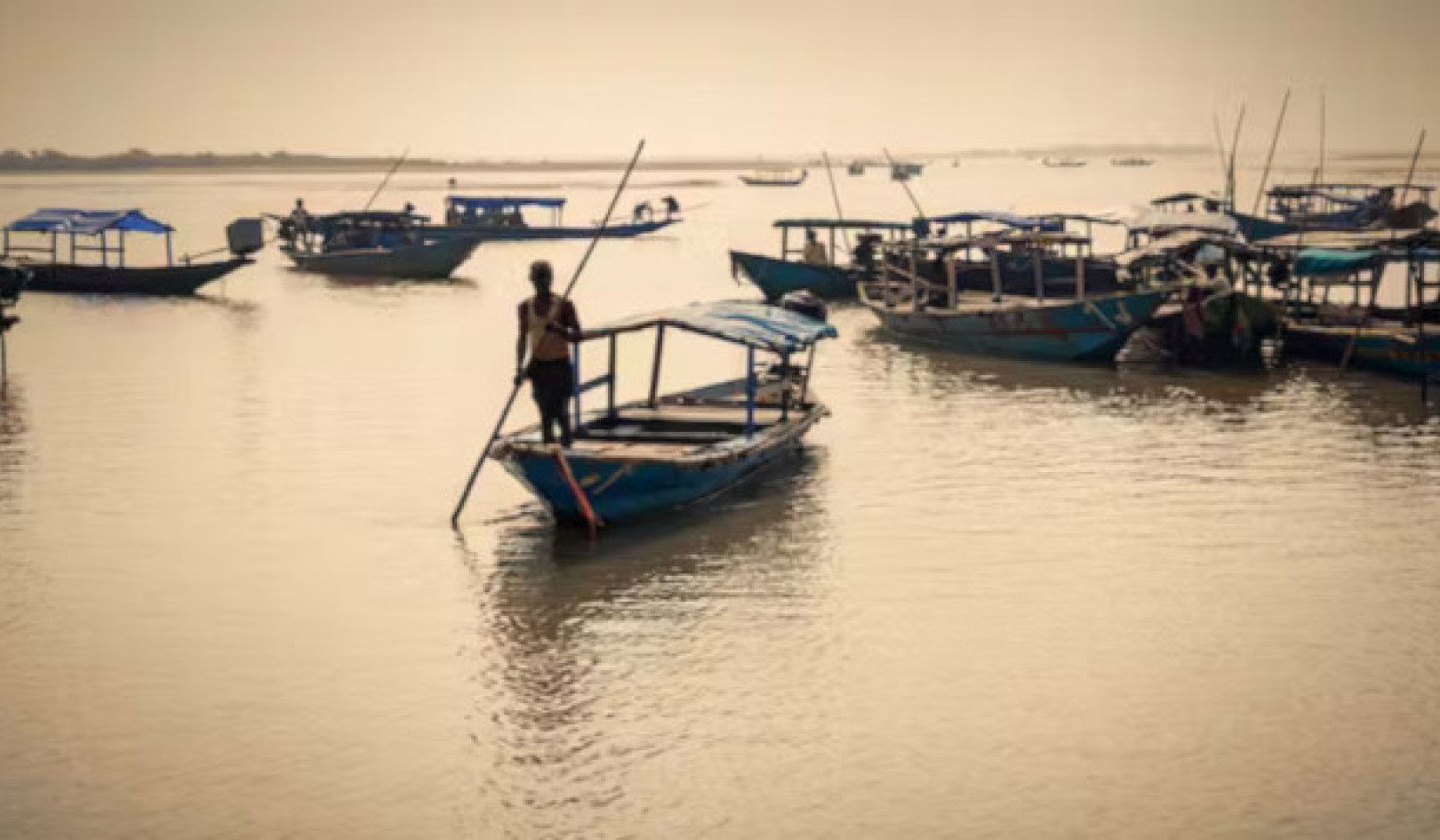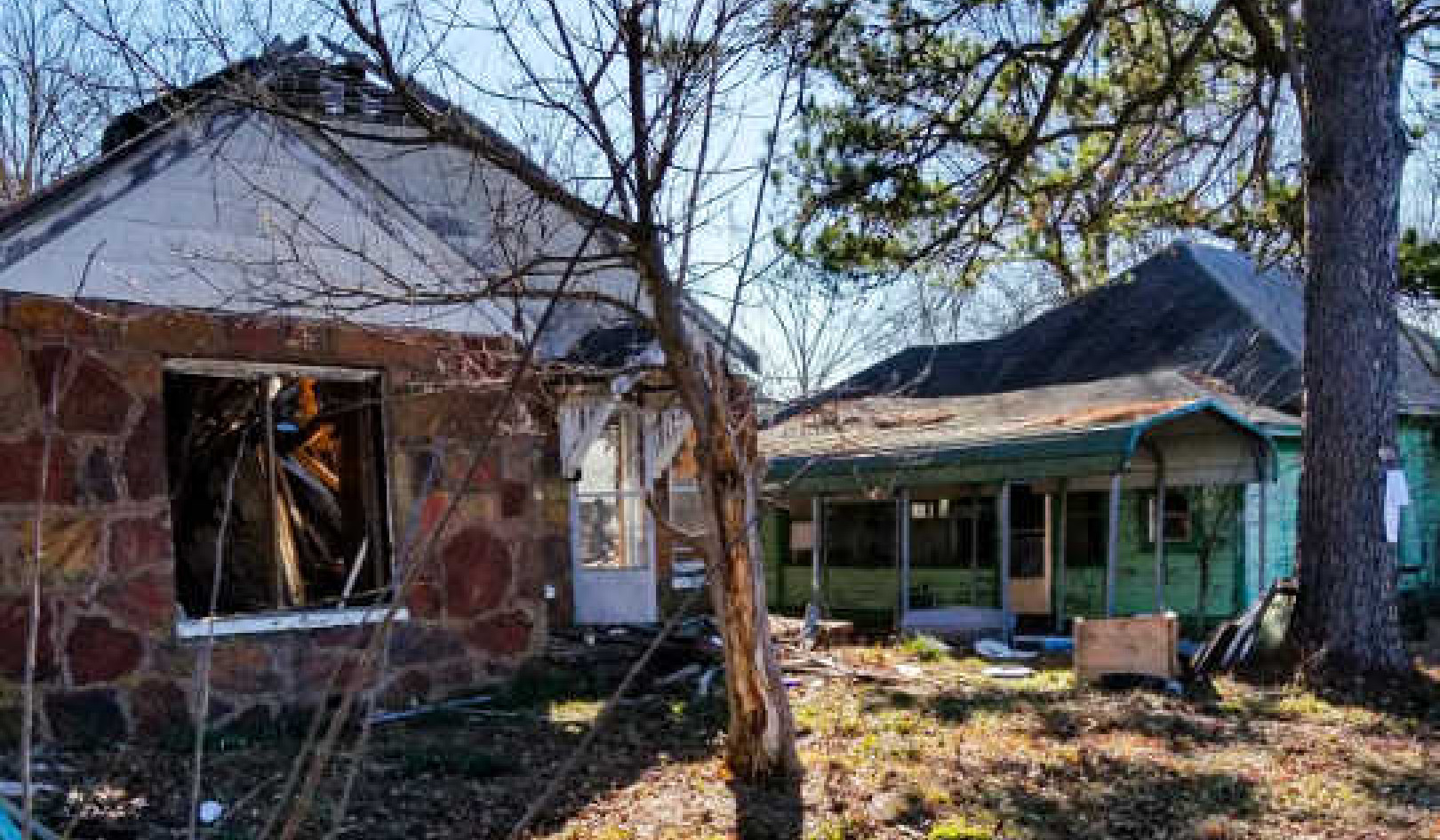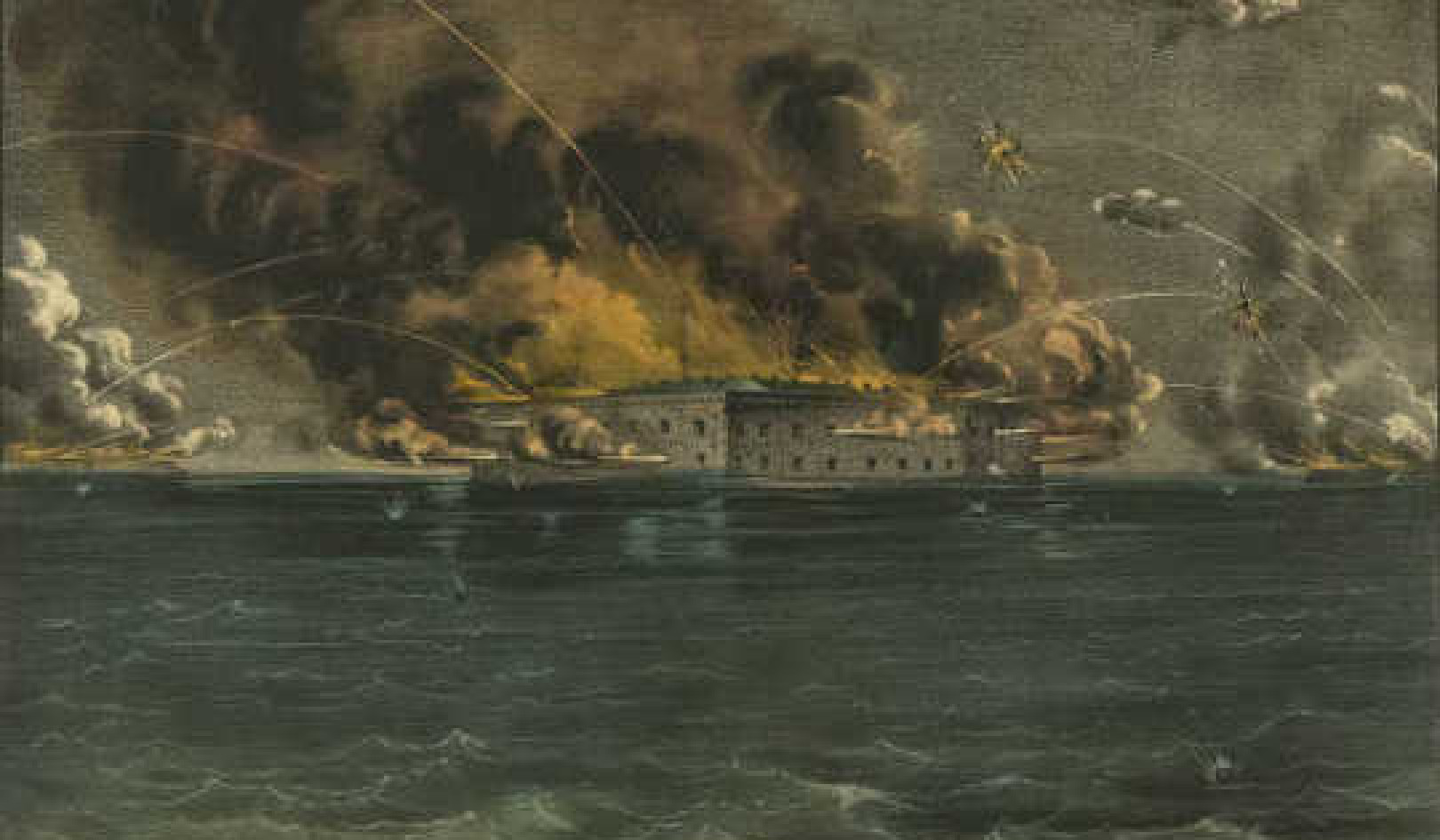
Gustavo Frazao CC BY-ND
Removing the entire Amazon rainforest would have myriad consequences, with the most obvious ones possibly not the worst.
Most people will first think of the carbon currently stored in the Amazon, the world’s largest rainforest. But the consequences would be far-reaching for the climate as well as biodiversity and ecosystems — and, ultimately, people.
The overall impact of the Amazon’s complete removal is unthinkable and beyond the power of our current predictive tools. But let’s look at some aspects we can describe.
Storing carbon, distributing water
The Amazon rainforest is estimated to harbour about 76 billion tonnes of carbon. If all trees were cut down and burned, the forest’s carbon storage capacity would be lost to the atmosphere.
Some of this carbon would be taken up by the oceans, and some by other ecosystems (such as temperate or arctic forests), but no doubt this would exacerbate climate warming. For comparison, humans emit about 10 billion tonnes of carbon every year through the burning of fossil fuels.
But the Amazon forest does more than store carbon. It is also responsible for the circulation of huge quantities of water.
This image, captured by NASA’s Aqua satellite in 2009, shows how the forest and the atmosphere interact to create a uniform layer of “popcorn” clouds during the dry season. It is during this period, the time without rain, that the forest grows the most.
If the Amazon’s cloud systems and its capacity to recycle water were to be disrupted, the ecosystem would tip over and irreversibly turn into dry savannah very quickly. Estimates of where this tipping point could lie range from 40% deforestation to just 20% loss of forest cover from the Amazon.
Reforestation elsewhere to achieve the same amount of carbon storage is technically possible, but we have neither the time (several hundred years would be needed) nor the land (at least an equivalent surface area would be required).
Another reason why reforestation is not a remedy is that the water the rainforest circulates — and with it the availability of nutrients — would disappear.
Once you cut the circulation of water through (partial) deforestation, there is a point of no return. The water doesn’t disappear from the planet, but certainly from the forest ecosystems, with immediate and powerful consequences for the world’s climate.
Loss of life
Perhaps the most drastic, and least reversible, impact would be the loss of wildlife diversity.
The Amazon hosts an estimated 50,000 plant species — although more recent estimates cite a slightly lower number.
The number of animal species found in the Amazon is even higher, with the largest part made up by insects, representing around 10% of the known insect fauna, as well as a large but unknown number of fungi and microbes.
Once species are lost, they are lost forever, and this would ultimately be the most harmful consequence of cutting down the Amazon. It would possibly be worse than the loss of its role as a massive redistributor and storage of water and carbon.
Last but certainly not least, there are about 30 million people living in and near the Amazon rainforest.
The consequences of losing the forest as a provider of the ecosystem services mentioned above and as a source of food and habitat are unfathomable. The repercussions would reach far into global politics, the global economy, and societal issues.
About the Author
Sebastian Leuzinger, Professor, Auckland University of Technology
This article is republished from The Conversation under a Creative Commons license. Read the original article.
Books on The Environment from Amazon's Best Sellers list
"Silent Spring"
by Rachel Carson
This classic book is a landmark in the history of environmentalism, drawing attention to the harmful effects of pesticides and their impact on the natural world. Carson's work helped to inspire the modern environmental movement and remains relevant today, as we continue to grapple with the challenges of environmental health.
Click for more info or to order
"The Uninhabitable Earth: Life After Warming"
by David Wallace-Wells
In this book, David Wallace-Wells offers a stark warning about the devastating effects of climate change and the urgent need to address this global crisis. The book draws on scientific research and real-world examples to provide a sobering look at the future we face if we fail to take action.
Click for more info or to order
"The Hidden Life of Trees: What They Feel, How They Communicate?Discoveries from A Secret World"
by Peter Wohlleben
In this book, Peter Wohlleben explores the fascinating world of trees and their role in the ecosystem. The book draws on scientific research and Wohlleben's own experiences as a forester to offer insights into the complex ways that trees interact with one another and the natural world.
Click for more info or to order
"Our House Is on Fire: Scenes of a Family and a Planet in Crisis"
by Greta Thunberg, Svante Thunberg, and Malena Ernman
In this book, climate activist Greta Thunberg and her family offer a personal account of their journey to raise awareness about the urgent need to address climate change. The book provides a powerful and moving account of the challenges we face and the need for action.
Click for more info or to order
"The Sixth Extinction: An Unnatural History"
by Elizabeth Kolbert
In this book, Elizabeth Kolbert explores the ongoing mass extinction of species caused by human activity, drawing on scientific research and real-world examples to provide a sobering look at the impact of human activity on the natural world. The book offers a compelling call to action to protect the diversity of life on Earth.

























